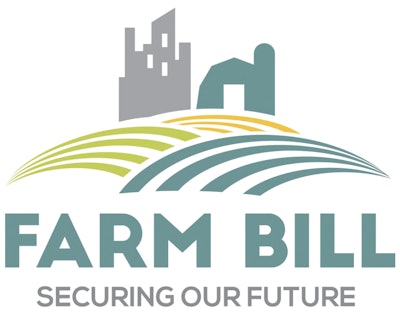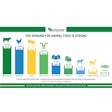
In December, President Donald Trump signed the $867 billion Agriculture Improvement Act of 2018.While the most talked about aspects of the farm bill were the different House and Senate approaches to SNAP (Supplemental Nutrition Assistance Program) and legalizing the production of hemp, the new legislation basically reauthorized many expenditures from the 2014 farm bill.
Grain handler provision
The new farm bill, however, does include an important provision for grain handlers regarding domestic official grain inspections by providing opportunity for dozens of grain elevators whose non-use of service/open season exception agreements that were revoked by USDA in 2017.
Under the farm bill language, these elevators will have the option to restore the previous arrangement with their non-incumbent domestic official inspection provider by notifying USDA of the change.
“NGFA appreciates the leadership of Reps. Rodney Davis, R-Ill., and Cheri Bustos, D-Ill., to address and clarify Congress’s intent in the U.S. Grain Standards Act Reauthorization,” says National Grain and Feed Association (NGFA) President and CEO Randy Gordon.
Conservation elements
Conservation programs were preserved in the new farm bill. The House Republican bill had proposed merging the Conservation Stewardship Program, which pays farmers to strengthen conservation efforts, into another branch of the Agriculture Department.
NGFA had supported several Conservation Reserve Program (CRP) reforms throughout the farm bill process, including reducing rental rates to provide a market-based disincentive to enrolling productive cropland.
While NGFA would have preferred that Congress limit the CRP acreage cap to the program’s current 24 million acres — as too many whole farms and acres of prime farmland are idled while environmentally sensitive acres are left unprotected through the program’s general sign-up process — it appreciates the adoption of a reasonable CRP limit of 27 million acres with two million acres of those expressly reserved for grasslands, especially in light of pressure early on from some groups to expand the CRP cap by a 66% to 40 million acres, says Gordon.
The NGFA also praised the decision not to include the Senate farm bill’s provisions on permanent Conservation Reserve Easements, which would have intensified what already is a rapid decline of available U.S. cropland attributable to urban encroachment, CRP and other factors.
Wheat aspects
The National Association of Wheat Growers (NAWG) was pleased to see an increase in funding for research of Fusarium head blight to the amount of $15 million for each of fiscal years 2019 through 2023 in the new law.
“The United States exports 50% of its wheat, making trade a vital component of the wheat industry,” says NAWG President and Sentinel, OK, wheat farmer Jimmie Musick.
“NAWG is pleased to see renewed funding for the Market Access Program (MAP) and the Foreign Market Development (FMD) program.” ■


















